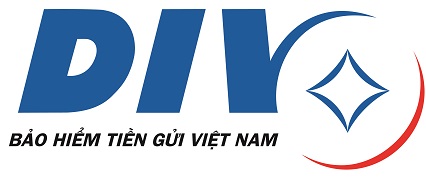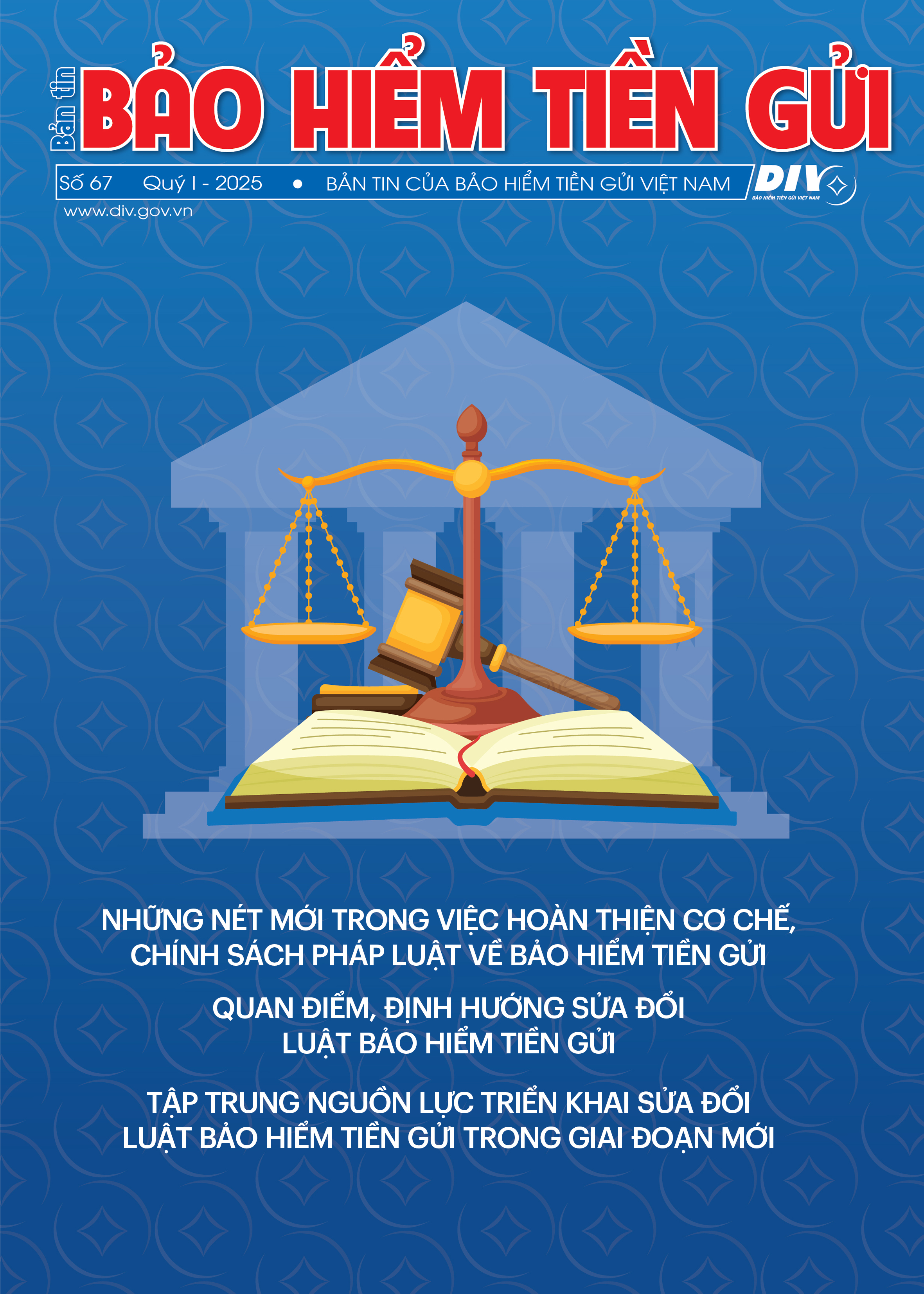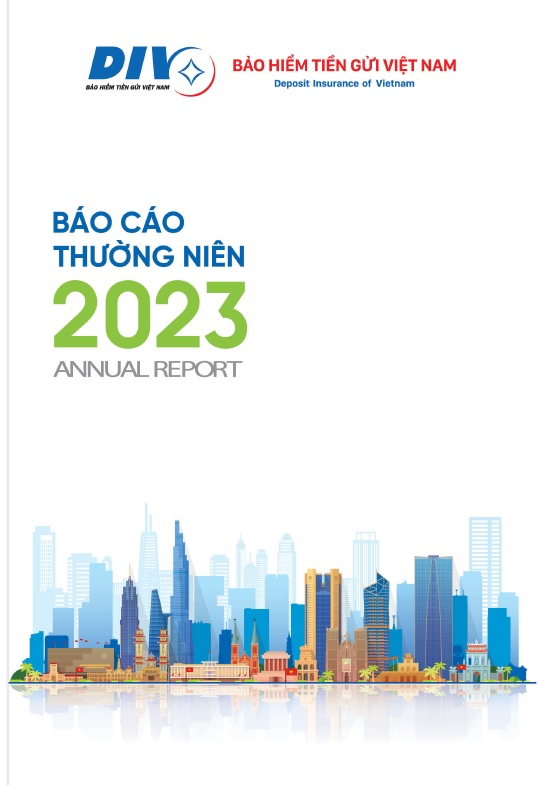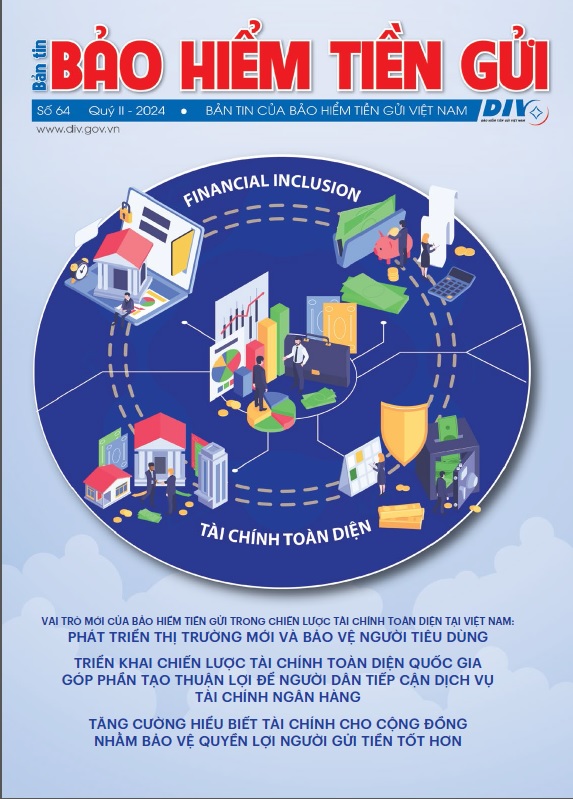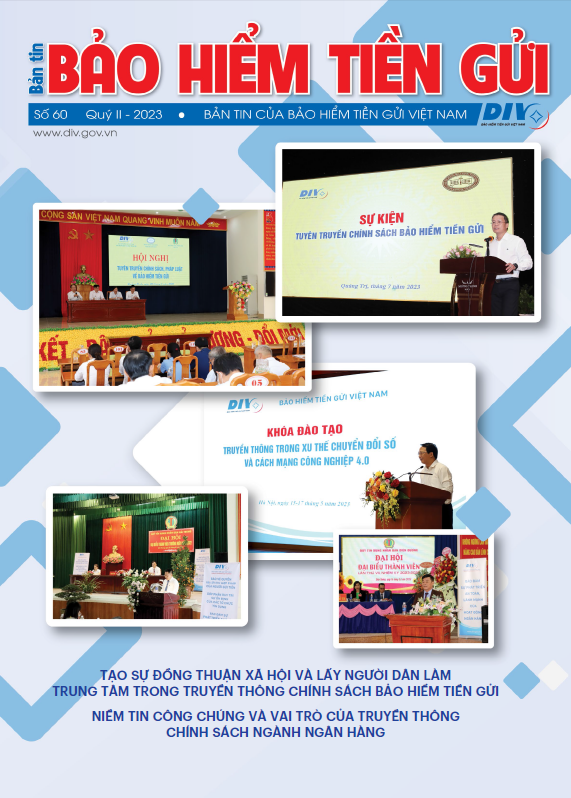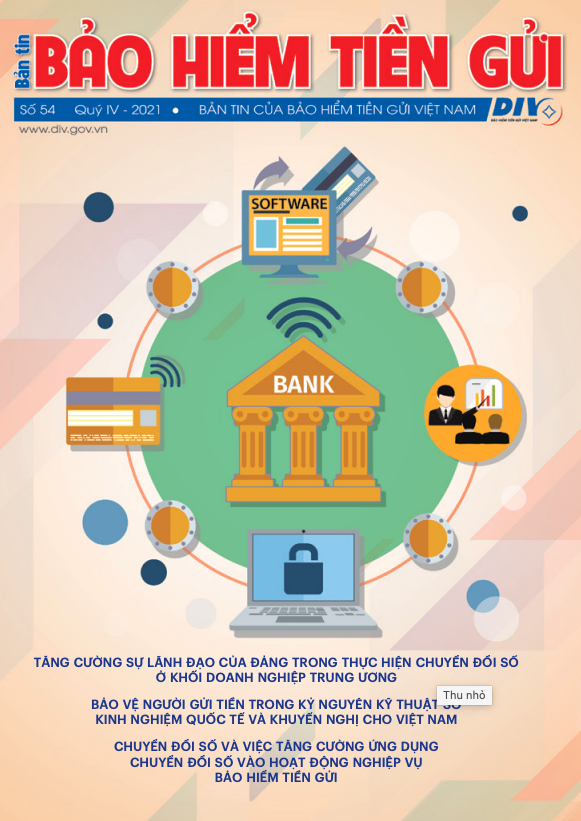Circular No. 39 consists of 5 chapters with 22 articles, replacing Circular No. 11/2019/TT-NHNN dated August 2, 2019, on special control over CIs, except for certain cases as specified in Clause 2, Article 21 of this Circular [1]. It retains certain contents of Circular No. 11/2019/TT-NHNN while introducing new provisions and more detailed guidance aligned with the 2024 Law on CIs.
Key updates on special control for CIs
On the scope of application, Circular No. 39 covers decision-making authority in special control, types of special control, announcements and information disclosures regarding special control, and the rights and duties of the Special Control Board. It also outlines the extension and termination of special control periods, the structure and operation of the Special Control Board, and the roles of relevant parties and individuals.
Compared to Circular No. 11/2019/TT-NHNN, Circular No. 39 removes specific criteria regarding the (real or potential) illiquidity or insolvency of CIs, the net value of charter capital and reserve funds, and the write-down of charter capital of CIs placed under special control that was approved by the Government to apply mandatory transfer. These changes align with the conditions for placing CIs under special control as defined in Article 162 of the 2024 Law on CIs.
On some contents on the mandatory transfer of CIs placed under special control, Circular No. 39 also introduces new provisions regarding the mandatory transfer of CIs under special control. Specifically, it allows the Special Control Board to recommend changes to the form of special control to the SBV Governor if necessary (through the Banking Supervision Agency).
Additionally, Circular 39 also provides that in cases a mandatory transfer has been approved, the receiver becomes a part of the Special Control Board. The competent authority is responsible for determining the specific composition, number of members, and structure of the Special Control Board in accordance with the form of special control and the actual condition of the CI under special control.
These regulations provide the necessary legal framework to ensure mandatory transfer of CIs placed under special control. In particular, they allow the receiver of the mandatory transfer to be fully informed and facilitate the implementation of restructuring plans. Additionally, they demonstrate the close oversight and guidance of the SBV regarding the mandatory transfer of commercial banks during the restructuring process of weak CIs in the coming time.
Regarding the position of the Head of Special Control Board, the SBV has expanded the criteria for appointing individuals to this role to ensure the sufficient and competent human resources for managing CIs under special control:
For CIs under special control (excluding people’s credit funds), Circular No. 39 supplements the eligible individuals to hold the position of Head of the Special Control Board, including department-level leaders or equivalent from the Bank Inspection and Supervision Department under the Banking Supervision Agency; department-level leaders or equivalent from the Inspection and Supervision Departments of the Hanoi branch and the Ho Chi Minh City branch of the SBV.
For people’s credit funds under special control, the Head of the Special Control Board may be individuals, who are at least of the department-head level or equivalent from the Inspection and Supervision Departments of the SBV branch (if applicable), where the CI under special control is headquartered.
Regulations on the role of the DIV
Regarding the DIV’s involvement in the special control process of CIs outlined in Article 18 of Circular No. 39.
Some key elements regarding the DIV’s functions inherited from Circular No. 11/2019/TT-NHNN include: appointing individuals from insured institutions to be members of the Special Control Board; collaborating with the Banking Supervision Agency, the SBV’s branch at localities where the controlled credit institution is headquartered, and the Special Control Board throughout the special control process; and receiving information related to weak CIs from the SBV or the Special Control Board to carry out their functions and duties in restructuring these weak institutions.
In addition, Circular No. 39 introduces new provisions to align with the 2024 Law on CIs as follows:
First, the DIV shall assign personnel to be appointed by the SBV’s local branch to positions such as Chairman or other members of the Board of Directors; Head or other members of the Control Board; Director, Deputy Director, and equivalent positions according to the charter of people’s credit funds under special control, at the request of the SBV.
This is a brand new provision in line with the 2024 Law on CIs, which specifically defines the roles of the DIV to support people’s credit funds under special control.
Second, the DIV shall take part in assessing the feasibility of recovery plans, plans for merger, consolidation, or transfer of entire capital contributions of people’s credit funds under special control based on the proposal of the Special Control Board.
This provision has been carried forward from the 2017 Law on CIs, but with a narrower scope, as it no longer includes financial companies or microfinance institutions.
Third, the DIV shall collaborate with the Special Control Board in developing bankruptcy plans for CIs under special control. For people’s credit funds under special control, the DIV coordinates with the Special Control Board to formulate and finalize bankruptcy plans and propose to the SBV to submit to the Prime Minister for a decision on the deposit insurance coverage limit, up to the total amount of insurable deposits at the people’s credit fund.
Fourth, the DIV shall work with CIs under special control to facilitate deposit insurance payouts for depositors, based on the approved bankruptcy plan.
These provisions, particularly the third and fourth points, build upon earlier regulations from the 2017 Law on CIs, offering more detailed guidance for developing and implementing bankruptcy plans. Accordingly, the actual payout limit for insured depositors may be increased up to the total insurable deposit amount at the failed people’s credit fund.
Key tasks for the DIV in the near future
With the responsibilities outlined above, the DIV takes an opportunity to become more deeply involved in the restructuring of CIs. However, this also presents challenges for DIV’s operational expertise and human resources. To effectively fulfill its functions and duties, the DIV should focus on the following areas:
- Continue researching, advising, and providing input to the SBV on amendments to the Law on Deposit Insurance to align with the 2024 Law on Credit Institutions and Circular No. 39.
- Continue reviewing and revising, supplementing, or issuing new governance and operational documents for the DIV to align with Circular No. 39. This includes regulations on participating in bankruptcy planning for CIs under special control; taking part in special control; evaluating the feasibility of recovery, merger, consolidation, or transfer plans for people’s credit funds under special control; and appointing individuals to manage and operate these people’s credit funds, etc.
- For the financial capacity and human resource: (i) Strengthen financial capacity to ensure efficient participation in restructuring CIs under special control, such as providing special loans, purchasing long-term bonds, and ensuring deposit payouts to depositors. (ii) Prepare a workforce with deep legal knowledge, professional expertise, experience, and skills to meet the demands of handling special control situations, ensuring readiness to participate in the Special Control Board, and to manage and operate people’s credit funds under special control as requested by the SBV.
- Upgrade the DIV’s information technological infrastructure to meet operational requirements, and enhance system-wide training, workshops, and coordination.
By implementing these tasks in conjunction with the guidance, support, and direction of the SBV, the DIV will continue to play a more prominent role in protecting the legitimate rights and interests of depositors, and in contributing to the restructuring of weak CIs.
[1] For credit institutions under special control as stipulated in Clause 9, Article 210 of the Law on Credit Institutions, the special control relating to policy adjustment, formulation, and approval of restructuring plans will continue to be implemented in accordance with the provisions of Circular No. 11/2019/TT-NHNN.
Department of Participation in Special Control and Assets Recovery
Department of Research and International Cooperation (translation)
